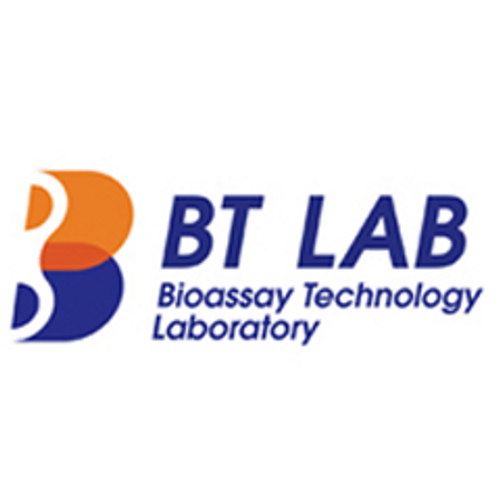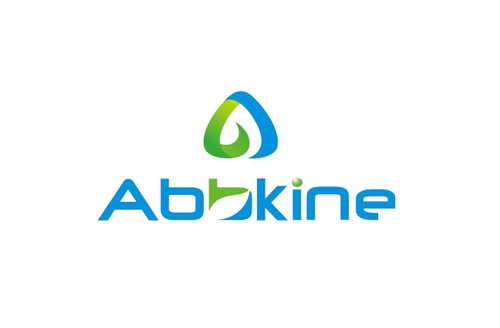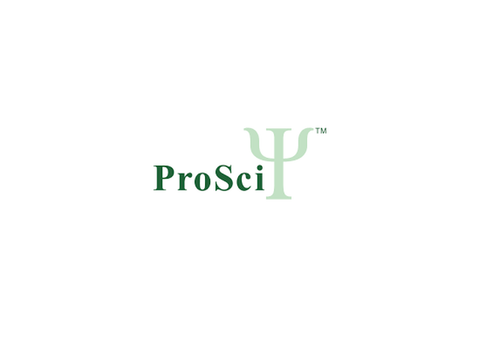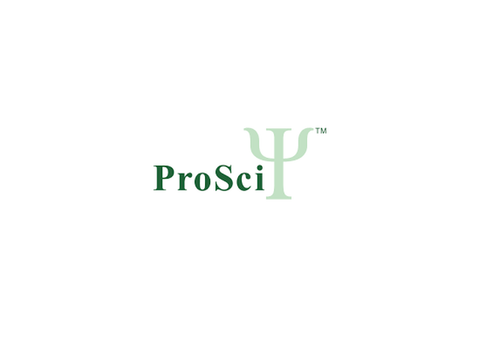Product Description
Parp9 Antibody (C-term) [APR03594G] | Leading Biology
Product Category: Polyclonal Antibodies
Host: Rabbit
Species Reactivity: M
Specificity: This Parp9 antibody is generated from rabbits immunized with a KLH conjugated synthetic peptide between 599-629 amino acidsof mouse Parp9.
Cellular Localisation: Cytoplasm, cytosol {ECO:0000250|UniProtKB:Q8IXQ6}. Nucleus {ECO:0000250|UniProtKB:Q8IXQ6} Note=Shuttles between the nucleus and the cytosol. Translocates to the nucleus in response to IFNG or IFNB1 stimulation. Export to the cytosol depends on the interaction with DTX3L. Localizes at sites of DNA damage in a PARP1-dependent manner. {ECO:0000250|UniProtKB:Q8IXQ6}
Molecular Weight: 96659
Clone: Polyclonal
Gene Name: Parp9
Gene ID: 80285
Function: ADP-ribosyltransferase which, in association with E3 ligase DTX3L, plays a role in DNA damage repair and in immune responses including interferon-mediated antiviral defenses (PubMed:27796300) . Within the complex, enhances DTX3L E3 ligase activity which is further enhanced by PARP9 binding to poly (ADP-ribose) (By similarity) . In addition, positively regulates DTXL3 protein levels (By similarity) . In association with DTX3L and in presence of E1 and E2 enzymes, mediates NAD (+) -dependent mono-ADP-ribosylation of ubiquitin which prevents ubiquitin conjugation to substrates such as histones (By similarity) . During DNA repair, PARP1 recruits PARP9/BAL1-DTX3L complex to DNA damage sites via PARP9 binding to ribosylated PARP1 (By similarity) . Subsequent PARP1-dependent PARP9/BAL1-DTX3L-mediated ubiquitination promotes the rapid and specific recruitment of 53BP1/TP53BP1, UIMC1/RAP80, and BRCA1 to DNA damage sites (By similarity) . In response to DNA damage, PARP9-DTX3L complex is required for efficient non- homologous end joining (NHEJ) but the complex function is restrained by PARP9 activity (By similarity) . Dispensable for B-cell receptor (BCR) assembly through V (D) J recombination and class switch recombination (CSR) (PubMed:28105679) . In macrophages, positively regulates pro- inflammatory cytokines production in response to IFNG stimulation by suppressing PARP14-mediated STAT1 ADP-ribosylation and thus promoting STAT1 phosphorylation (PubMed:27796300) . Also suppresses PARP14- mediated STAT6 ADP-ribosylation (By similarity) .
Summary: Tissue Location: Highly expressed in the thymus and intestine (PubMed:18069692) . Expressed in macrophages (PubMed:27796300)
Form: Purified polyclonal antibody supplied in PBS with 0.09% (W/V) sodium azide. This antibody is purified through a protein A column, followed by peptide affinity purification.
Storage: Maintain refrigerated at 2-8°C for up to 2 weeks. For long term storage store at -20°C in small aliquots to prevent freeze-thaw cycles.
Application: IHC-P, WB
Dilution: WB--1:1000
Synonyms: Poly [ADP-ribose] polymerase 9, PARP-9, ADP-ribosyltransferase diphtheria toxin-like 9, ARTD9, B aggressive lymphoma protein homolog, Parp9, Bal
 Euro
Euro
 USD
USD
 British Pound
British Pound
 NULL
NULL

![Parp9 Antibody (C-term) [APR03594G] Parp9 Antibody (C-term) [APR03594G]](https://cdn11.bigcommerce.com/s-452hpg8iuh/images/stencil/1280x1280/products/864193/1156260/logo__92149.1659788186__92164.1659860071.png?c=2)
![Parp9 Antibody (C-term) [APR03594G] Parp9 Antibody (C-term) [APR03594G]](https://cdn11.bigcommerce.com/s-452hpg8iuh/images/stencil/100x100/products/864193/1156260/logo__92149.1659788186__92164.1659860071.png?c=2)
![Parp9 Antibody (C-term) [APR03594G] Parp9 Antibody (C-term) [APR03594G]](https://cdn11.bigcommerce.com/s-452hpg8iuh/images/stencil/500x659/products/864193/1156260/logo__92149.1659788186__92164.1659860071.png?c=2)








